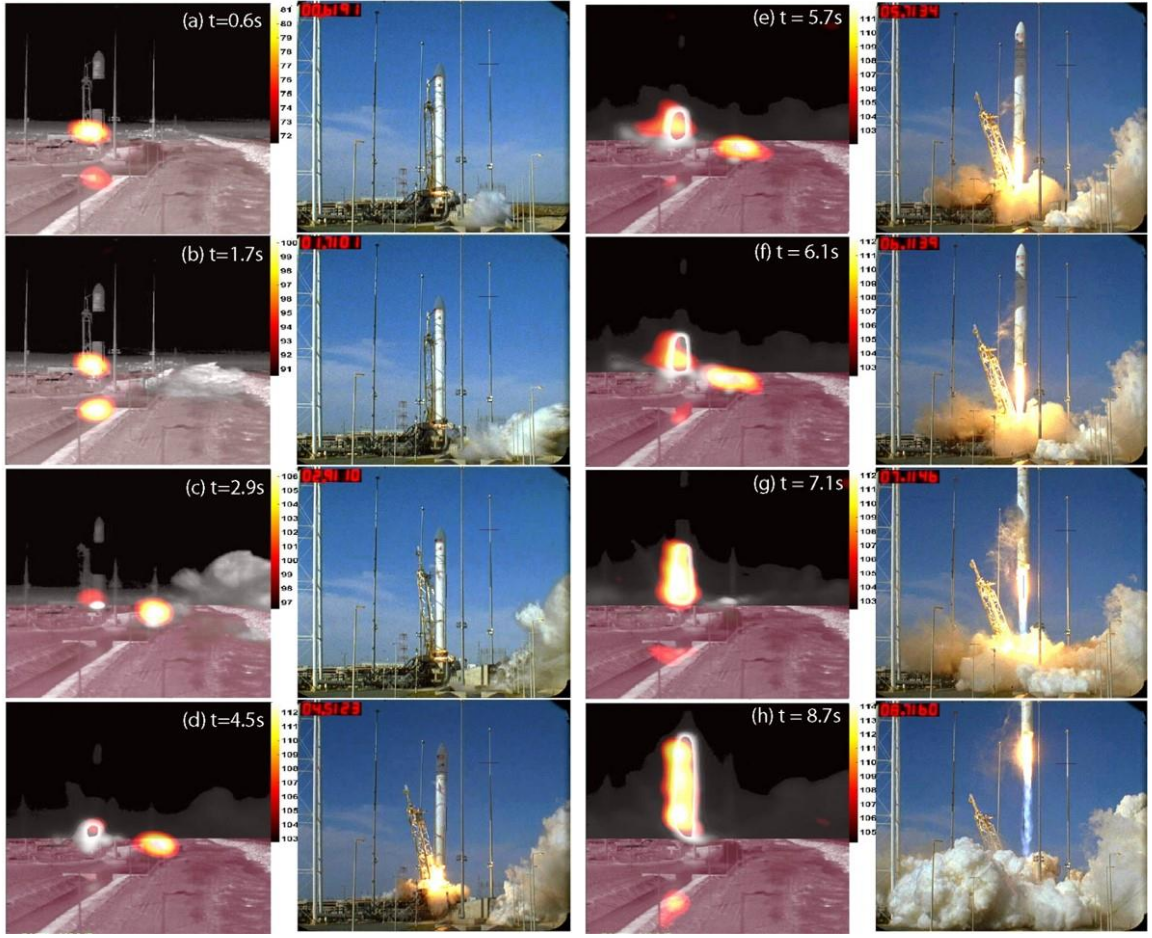The Coanda effect is the tendency of a stream of fluid to stay attached to a convex surface, rather than follow a straight line in its original direction. Turbulent Coanda wall jets are present in a multitude of applications. The obvious advantages associated with Coanda jets compared with conventional jet flows – in terms of substantial flow deflection, increased lift and enhanced levels of turbulence and entrainment – are often accompanied by a considerable increase in associated noise levels and jet breakaway. Generally, the reasons for these issues are not well understood and thus the full potential offered by the Coanda effect is yet to be realized. It is clear that the ability to better predict Coanda jet noise would offer the opportunity for the Coanda principle to be more widely exploited and its potential to be more fully realized. In this paper, the results of recent modelling and experiments on a three- dimensional turbulent Coanda wall jet are presented. The application of these results to important problems of practical interest such as launch noise is also discussed, and recent data pertaining to full-scale rocket launch noise sources is presented. In particular, the behaviour of the jet exhaust within the flame trench of the Antares rocket is considered . Inside this trench a curved turbulent wall jet flows adjacent to a Coanda surface. A simple model is developed for predicting the flow in this trench and preliminary results related to the noise emitted by the rocket plume (flame) trench are discussed.

Rocket launch noise and the Coanda effect
September 9, 2016
Cite this Paper (BibTeX)